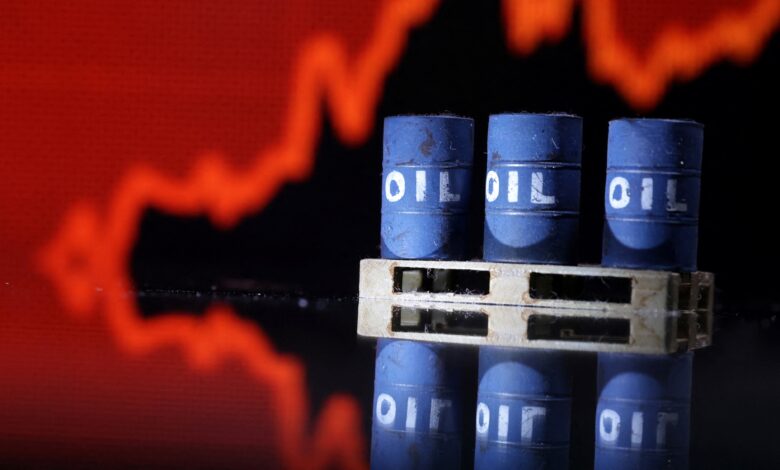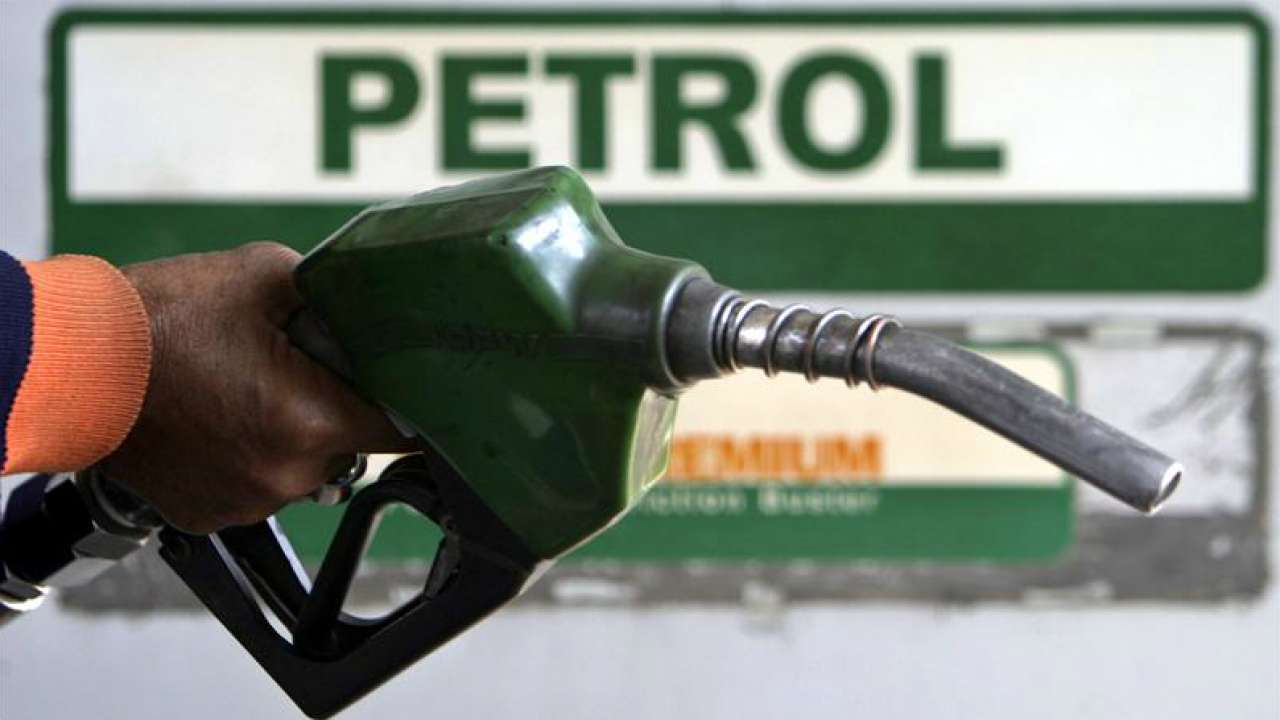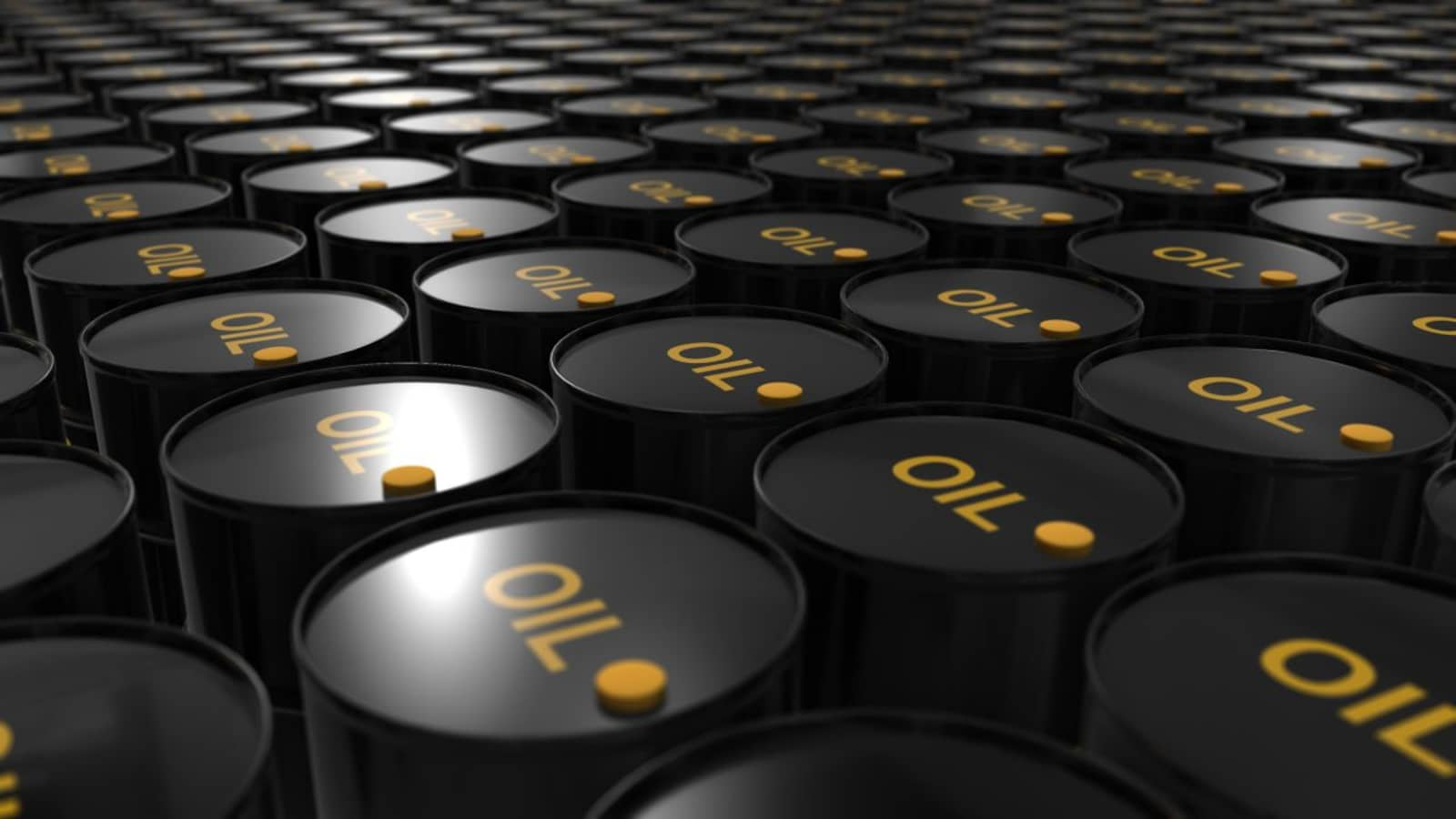Despite a seven-month decrease in oil prices, India’s prices for gasoline and diesel remain the same 2022

Despite a seven-month decrease in oil prices, India’s prices for gasoline and diesel remain the same 2022
India‘s state-owned gasoline merchants have recovered their losses after holding rates for a career-high five months despite rising costs, despite a seven-month decline in global oil prices.
Concerns about demand caused Brent oil’s best week’s performance to fall below $90 per gallon for the very first time since early February. It has rebounded and sells at $92.84, the cheapest amount in the other six months.
The Russian invasion of Ukraine on February 24 shook the energy markets around the world. As the international community imposed limits on Russia’s main exports, the first price spikes turned into long-lasting price hikes. Brent was priced at $90.21 per barrel before the invasion. It rose to a 14-year high of $140 on March 6.
Prices fell sharply despite encouraging announcements like Russia’s willingness to maintain the North Stream project and the effects on firm performance by the producer group OPEC and its allies (OPEC+). India’s retail rates for petrol and diesel, which have been held for a song 158 days, have not changed to become a result of this.
In his answers to questions from reporters on Friday thinking of the lack of a revision, Oil Minister Hardeep Singh Puri made an effort to connect the lack of a revision to losses state-owned fuel retailers suffered by holding rates when global oil prices surged to multi-year highs.

Have we recovered all of our expenditure? He had replied, “While (global oil prices shot up), our petrol and diesel charges were already low.
He did not elaborate on the losses incurred by keeping prices the same since April 6. On September 8, the average price of the oil products that India buys was 88 dollars per barrel. Its monthly average had been $102.97 in April before increasing to $109.51 in May and $116.01 in June. When the Indian baskets averaged $105.49 per barrel in July, prices began to decline. In August, it averaged $97.40, and thus far, in September, it’s been $92.87.
To assist the government in controlling runaway inflation, government fuel retail outlets Indian Oil Corporation (IOC), Hindustan Petroleum Corporation Ltd (BPCL), and Hindustan Petroleum Ltd (HPCL) have opted not to exercise their right to set according to the actual retail price of gasoline and diesel by international costs for more than five months.

As the price of oil rose internationally, they were at one point losing Rs 20–25 on each liter of diesel and Rs 14–18 on each liter of gasoline. The decline in oil prices has reduced these losses. An official claims that there are currently losses on gasoline, but it will take some time for diesel to reach that level.
According to another source, it is doubtful that rates will drop right away because oil and gas companies will be able to recover the loss they incurred by selling fuel under cost over the five months.
According to Puri’s Friday statement, the price of oil must stay around $88 per person or fall below it to provide some relief. Since 85% of India’s oil needs are met by imports, changes in the global markets have a direct impact on retail pump prices.
The daily cost-based modifications of the retail gasoline prices and diesel are the responsibility of IOC, BPCL, and HPCL. However, they did so for a record 137 short days on November 4, 2021, just before polls in regions like Uttar Pradesh.
Prices rose by Rs. 10 per liter just well in a month after the last freeze ended on March 22 this year before a new freeze began on April 7. Currently, a liter of gasoline costs Rs 96.72 in the country’s capital, while a liter of diesel costs Rs 89.62. This is a reduction from the Rs 105.41 per liter of petrol and Rs 96.67 per liter of diesel on April 6, when excise duty was decreased by the government to slash prices.
The Rs 10 per liter price hike that took place between March 22 and April 6 wasn’t enough to cover the cost, and the new freeze meant that more losses would accrue, according to officials.

To help the government contain prices, which had already risen to a multi-year high, oil-producing countries did not change prices. The price would have grown even higher if the price of diesel and gasoline had been raised. The three stores have recorded a combined net loss of Rs 18,480 crore for the Quarter that ended June 30 to become the result of the freeze.
Gasoline and diesel were deregulated in June 2010 and November 2014, respectively. Since that time, the government has stopped giving subsidies to the oil industry to compensate for any of the losses that may have resulted from selling oil below market value.
Accordingly, the oil companies are making up for their loss when input costs fall, according to the first official. On worries that a recession will cut into demand, some of the steam has been released from the oil prices in recent weeks. Since the country’s zero-Covid strategy has resulted in full or partial shutdowns in more than 70 towns since late August, China’s imports of oil have decreased by 9% in the other month.
Since 85% of India’s oil needs must be imported, developments in the international markets directly impact retail pump prices.
What is the government’s reasoning?

In response to journalists’ questions on Friday concerning the non-change in oil price, Petroleum Minister Hardeep Singh Puri stated that the loss experienced by the public sector companies because of the non-increasing price levels due to the rise in world prices would be compensated. As a result, these businesses are not lowering their rates. “Our (petrol and diesel) costs were already low while global prices were high. Have all of our losses been recovered?
Oil Companies are making restitution.
He did not go into detail on the harm brought about by maintaining rates from April 6. On September 8, the cost of crude oil being bought by India was $88 a barrel. It cost an average of $102.9 billion per barrel in April, and in May, it cost $109.51 a barrel. It had become very high as $16.11 per barrel in June. The overseas prices started to drop in July. At that time, India’s average cost to import a barrel of oil was $105.49. The price of a barrel was $ 97.40 in August and $ 92.87 so far in September.

According to a different report, the excise tax on gasoline and diesel isn’t being decreased despite the decrease in the cost of crude oil on the global market. The paper states that between 2014–15 and 2021–22, the stamp tax on gasoline climbed from 194 % to 512%, and vice versa for diesel. When the crude oil price falls below $80 per barrel between 2015–16 and 2021–22, we are in this predicament. The average person is feeling the effects of inflation become the result of the increase in oil excise duty.
Edited by Prakriti Arora





